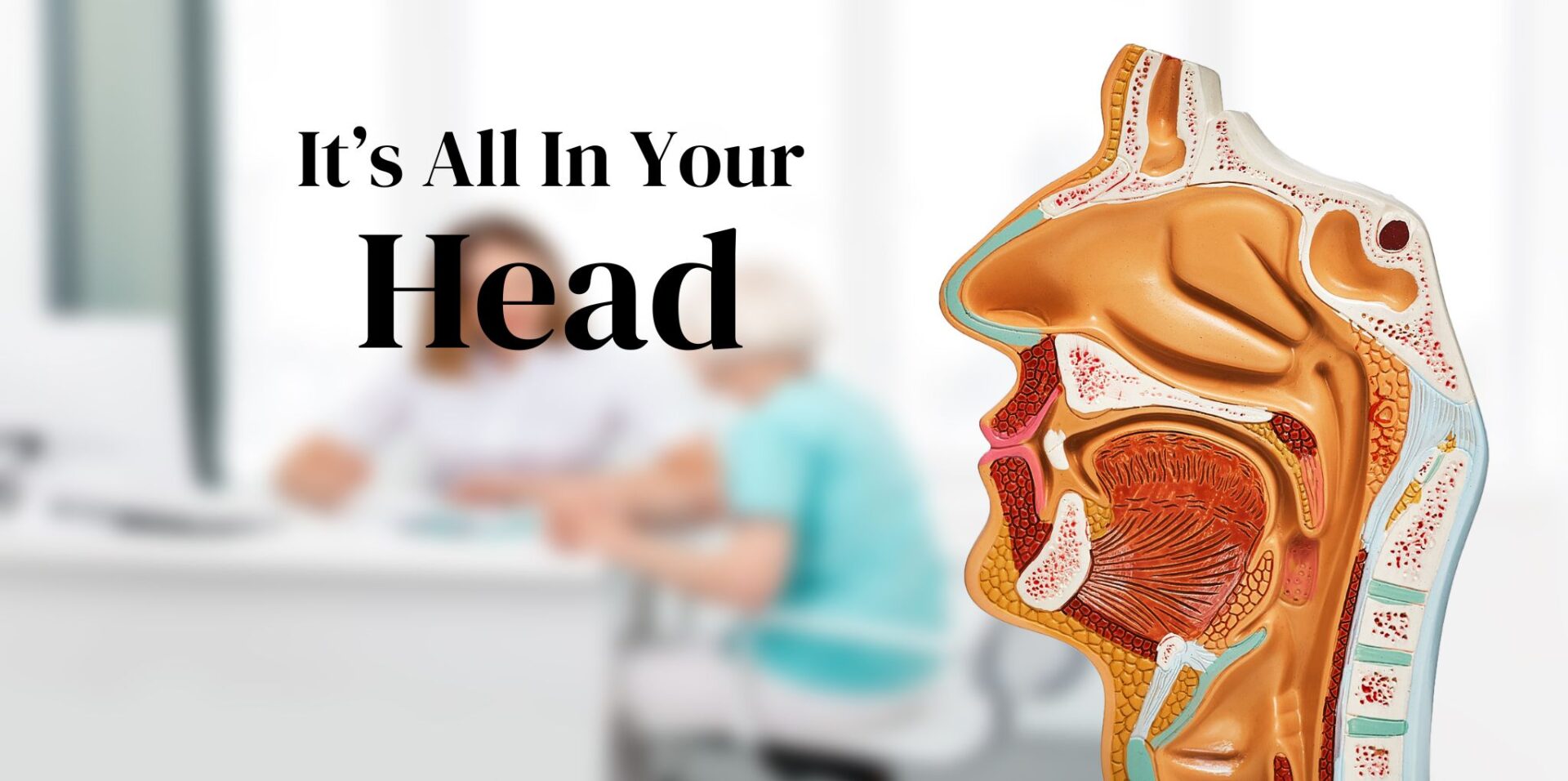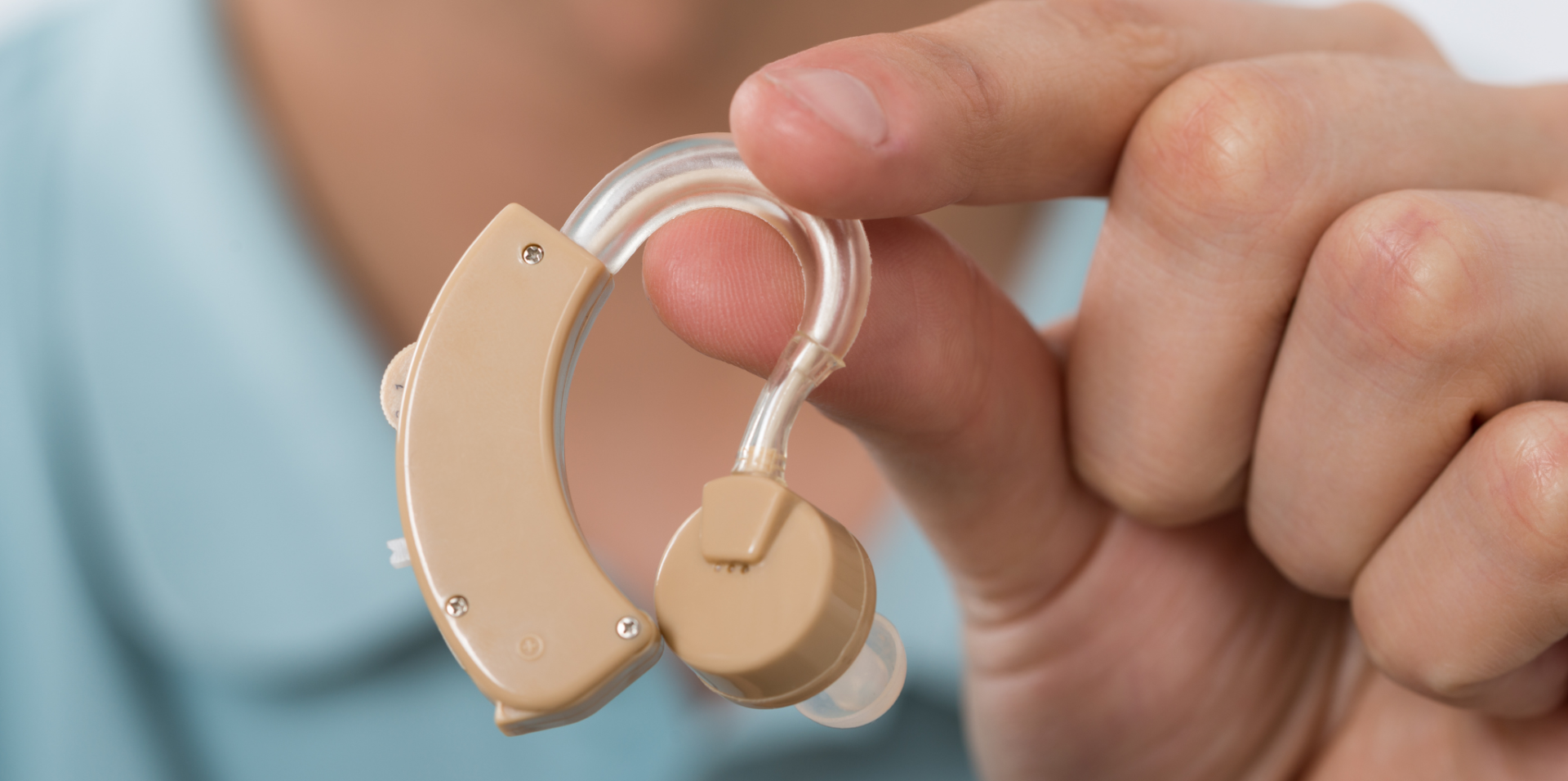A New Analysis for Hearing Loss
A new analysis from the Centers for Disease Control suggests at least 10 million (6 percent) adults in the U.S. under age 70—and perhaps as many as 40 million adults total (24 percent)— may have noise-induced hearing loss based on their hearing test results. The study also found 19 percent of young adults aged 20 to 29 had hearing loss in one or both ears. This finding reinforces the fact that young adults also need to be aware of the risk of hearing loss from loud noise. A person with noise-induced hearing loss may find it hard to understand speech in noisy environments, such as restaurants. The results of a hearing test appear as a dip on an audiogram (a chart that shows how well a person can hear) in the frequency area where we perceive high pitches. If you have experienced any of the symptoms listed to the left, you may have noise-induced hearing loss. A diagnostic hearing evaluation, which includes the type of audiogram used in the research conducted by the CDC, is the best way to determine the type and degree of hearing loss you may have. At Thomas Stark M.D., PLLC, our Doctor of Audiology, Teresa Schroder, AuD., CCC-A, uses the latest technology to diagnose hearing loss. The audiogram results provide the road map necessary to determine the best way to treat your hearing loss, usually with hearing aids. Hearing protection for those still exposed to damaging sound levels is also important. Custom ear protection plugs can be made to improve comfort. If hearing aids are prescribed to help you hear your best, Dr. Schroder uses real-ear verification with Verifit technology. Not all professionals utilize this important technology to check that the patient’s hearing aids are programmed correctly and performing optimally.
Here are some clues that you may have a hearing loss, or if you have hearing aids that you need to schedule an appointment for a check-up:
- You have problems hearing certain high frequencies, such as the high-pitched soft speech sounds of “t,” “f,” and “s.”
- You have difficulty following conversations in noisy environments, like restaurants or crowded rooms.
- You feel people mumble or fail to speak clearly.
- You have problems hearing the television or radio, and others tell you the volume is too loud.
- You have ringing in your ears.
- Your difficulty hearing interferes with your family, work or social life.
https://tomstarkmd.com/
18059 HWY 105 W Montgomery,TX77356
936-582-7000




